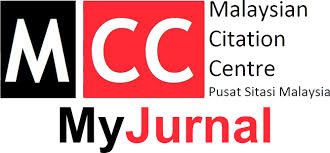AN APPRAISAL ON MASLOW’S HIERARCHY OF NEEDS FROM AN ISLAMIC PERSPECTIVE
Keywords:
Motivation, Coping Strategies, Islamic Coping, Self-Actualization, Needs Theory, Spiritual BeingAbstract
There is an ongoing debate from Western’s philosophical theory on the actual nature of human beings. From among the myriad of Western paradigms, Maslow’s Theory of Needs is in a way similar to what has been stated in the Islamic worldview on the concept of man which is based on the divine revelation; namely the Quran. Epistemologically the Maslowian and the Islamic theory are parallel on the aspect of man’s survival in this world but they differ contrastively when it comes to the origin of man and what happens to him upon making an exit from this life. Moreover, Maslow’s ideas are only focused on the “here and now”, while the Islamic worldview goes beyond man’s life in this world. In this paper, the researchers endeavor critically to understand what exactly Maslow said in essence about man and compare it with what has been explained in the Islamic worldview. This paper will also explore what is meant by spirituality from the Maslowian and Islamic concepts. The researchers believe that no discussion is complete from the Islamic perspective without touching the spiritual aspect of man as he has a multiple traits consisting of body and soul. It is important to discuss this matter as the Islamic worldview emphasizes on a God-centered life. Conversely most Western paradigms, including the Maslowian one is more towards a self-centered life discussing the ‘here and now’. The relevant data of this research was collected via library research method from literature and other documents available in print and internet media. As a qualitative research, both concepts were analyzed using the textual and content analysis methods.













